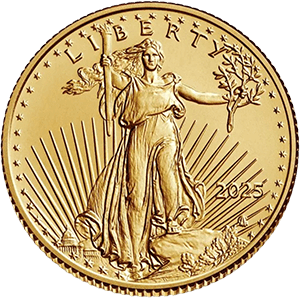
Intro: Why Proper Coin Storage Is Critical
When it comes to precious metals and numismatics, preservation is protection. Whether your collection holds historical U.S. coins, bullion rounds, or rare world currency, improper storage can reduce both its monetary and sentimental value.
Coins are highly sensitive to environmental factors like humidity, temperature, and human touch. In this comprehensive guide, you'll learn where to store coins, how to handle them properly, and what tools and materials you need to safeguard your investment.
Section 1: Understanding the Enemies of Coin Preservation
Heat and Humidity
Fluctuating temperatures and high humidity levels can trigger:
-
Toning and oxidation, especially in silver coins.
-
Mold and mildew growth on coin holders and albums.
-
Warping or discoloration in paper currency stored alongside coins.
Keep humidity below 50% using a dehumidifier or silica gel packets in your storage area.
Light Exposure
UV light can cause metal fatigue and fade paper packaging or certificates of authenticity. Store coins in opaque containers and avoid leaving them in sunlit areas.
Physical Contact
Natural skin oils, lotions, or dirt can etch into the coin’s surface over time, especially for proof coins and uncirculated coins. That’s why the golden rule is:
Never touch a coin’s surface with bare hands.
Section 2: Best Practices for Handling Coins
-
Use soft cotton gloves when handling valuable coins. Avoid latex, which may contain powders or chemicals.
-
Hold coins by the edges, never across the obverse or reverse.
-
Work over a soft, clean surface (e.g., a velvet mat) in case of drops.
Even a small scratch or fingerprint can reduce a coin's grade and resale value.
Section 3: Setting Up a Safe Storage Environment
Choose the Right Location:
-
Avoid garages, attics, and basements.
-
Ideal: A climate-controlled room inside your home with minimal light exposure.
Temperature Guidelines:
-
Stable temps between 65–75°F (18–24°C) are ideal.
-
Avoid rapid temperature swings that can create moisture.
Section 4: Choosing the Right Storage Supplies
Here’s a breakdown of essential supplies and materials:
| Storage Item | Best For | What to Avoid |
|---|---|---|
| Mylar flips | General storage | Avoid PVC flips |
| Airtight capsules | Proof coins | Poor seals |
| Plastic tubes | Bullion coins | Non-archival plastics |
| 2x2 cardboard holders | Budget display | Staples that may scratch |
All storage materials should be PVC-free, acid-free, and archival quality to prevent chemical reactions over time.
Section 5: Where to Purchase Coin Collecting Supplies
When choosing where to buy your storage materials, trust matters. Look for:
-
Reputable dealers specializing in numismatics
-
Products certified as archival-safe
-
Clear return policies and verified reviews
We recommend visiting trusted outlets like [Company Store] or checking out our hand-picked list of where to purchase coin collecting supplies for long-term preservation.
Section 6: Organizing Early Prevents Chaos Later
Even at this early stage, start organizing your collection:
-
Label holders with coin type, year, mint mark, and condition.
-
Keep a digital or physical inventory — you'll thank yourself later.
-
Store similar coins together (e.g., all war nickels, silver eagles, etc.).
Final Thoughts: The Foundation of a Valuable Collection
Safe storage is not just about locking your coins in a box — it’s about long-term preservation of value, history, and investment potential. Whether you're collecting silver rounds, ancient coins, or modern commemoratives, this is where your journey to responsible stewardship begins.
Next in our series, we’ll explore the best coin storage materials and how to secure your collection from theft or disaster.


